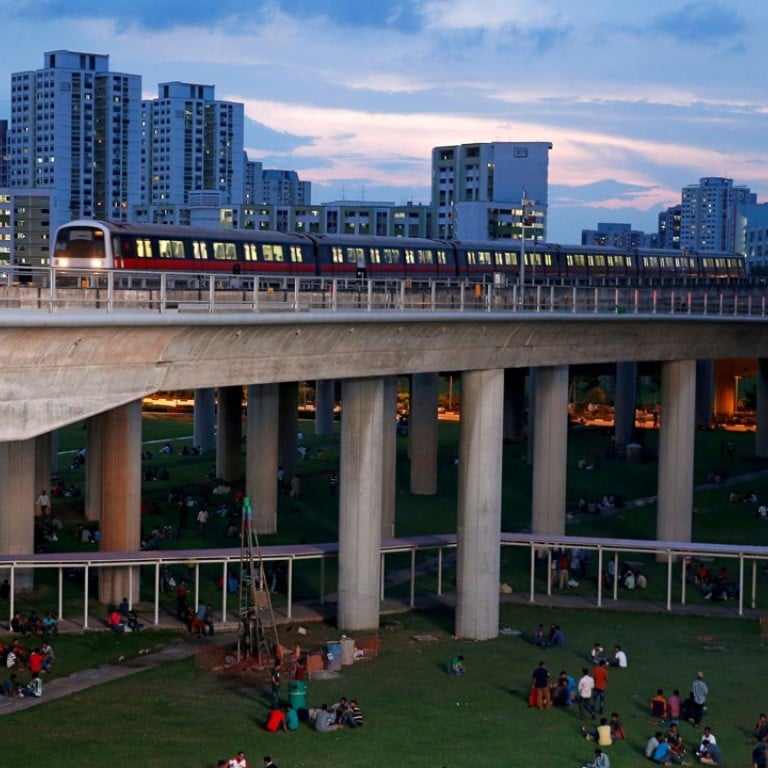
Hong Kong’s privileged MTR is not perfect, and Singapore is on the right track with its ‘car-light’ focus
Considering that more than 90 per cent of Hong Kong residents rely on the subway as their main mode of transport, compared with less than two-thirds of their southern neighbours, the MTR had better be close to perfect in ensuring that the grass is much greener on home turf. Unfortunately, this is not often the case, from my own experience.
Availability and accessibility to the network tend to be below par during peak hours at heavily congested stations and lines, compared to the dense metro system in Tokyo, or even the beleaguered but expanding one in Singapore.
Many residents living in the south of Hong Kong Island remain underserved by the MTR, even with the long overdue South Island Line in operation for close to a year.
This slack is surprising, given the MTR Corp’s higher profit margin from steeper long-distance fares, a much higher daily ridership, and the economies of monopolistic scale, relative to the two train operators in Singapore
Thanks to its main shareholder, the Hong Kong government, the operator also benefits from a significant ancillary income stream in the form of generous land concessions from property development around each station, even as the authorities struggle to find enough land to build “starter homes” for its residents amid chronic real estate price inflation.
As Singapore addresses the cumulative costs of its lapses in train regulation and operations over the last couple of decades, it will also do well to learn from the best and worst practices of subway systems across the world, including the MTR.
In fact, the latest figures from its transport regulator showed an encouraging improvement in service reliability for all MRT lines, compared to the outdated data cited by Mr Chan, with a few surpassing the writer’s “Hong Kong gold standard” in terms of mean kilometre between failure (MKBF) by some distance.
Such improvements are necessary to further reduce Singaporeans’ reliance on private cars for their daily commute, as the Lion City targets a more efficient and sustainable “car-light” society, underpinned by a multi-faceted and progressive public transport system centred on the MRT.
John Chan, Singapore

